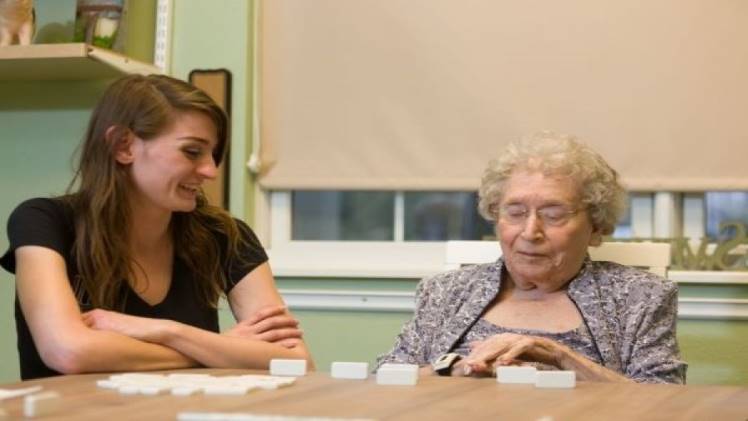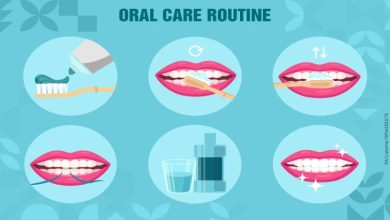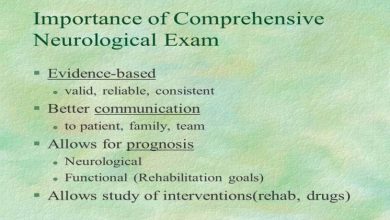Memory Care Programs: A Ray of Hope in the Journey of Memory Loss – Aspen Creek of Troy

Memory loss, often associated with conditions like Alzheimer’s disease and dementia, can be an emotionally challenging journey for the elderly and their families. In such circumstances, memory care programs emerge as beacons of hope, offering specialized care and support tailored to the unique needs of individuals with memory-related conditions. In this article, Aspen Creek of Troy will explore the human-centric aspect of memory care programs, their innovative approaches, and the profound impact they have on the lives of residents and their loved ones.
- A Human-Centric Approach
Memory care programs are grounded in the belief that every individual with memory-related conditions is unique and deserves personalized care. Unlike traditional care settings, these programs prioritize preserving the dignity and individuality of each resident. They create an environment where residents are seen not as patients but as individuals with rich life experiences and stories to share.
- Innovative Therapeutic Techniques
To engage and stimulate residents cognitively and emotionally, memory care programs employ innovative therapeutic techniques. Art therapy, for instance, taps into the creative spirit, allowing residents to express themselves through various artistic mediums. Music therapy uses melodies and rhythms to unlock memories and emotions, providing a bridge to cherished moments from the past.
- Multisensory Environments
Sensory stimulation is a cornerstone of memory care. Many memory care programs utilize multisensory environments that engage sight, sound, touch, and smell. These environments can transport residents to different places and times through carefully designed sensory experiences, providing comfort and stimulation.
- Embracing Technology for Connection
Technology is increasingly being integrated into memory care programs to foster connections with loved ones and the world at large. Virtual reality (VR) experiences can transport residents to distant places or allow them to relive cherished memories. Video calls and digital photo albums help residents stay connected with family and friends, bridging physical distances.
- Supporting Emotional Wellness
Memory care programs prioritize the emotional well-being of residents. Caregivers are trained to recognize and address emotional needs, providing comfort and reassurance during moments of confusion or distress. Emotional support is not just a component of care; it’s a fundamental part of the program’s ethos.
- Promoting Physical Health
Physical health is closely linked to cognitive well-being. Memory care programs offer a range of physical activities tailored to the needs and abilities of residents. These activities not only promote physical fitness but also provide opportunities for social engagement, boosting overall health.
- Family Education and Support
Memory care programs understand the emotional toll memory-related conditions can have on families. They offer educational resources and support to families, helping them better understand the challenges their loved ones face and providing guidance on how to cope with the evolving nature of memory loss.
- Fostering a Sense of Community
Memory care communities are designed to create a sense of belonging and community. Residents often form meaningful connections with fellow residents and caregivers, fostering a supportive and nurturing atmosphere that combats feelings of isolation.
Memory care programs are more than just facilities; they are havens of compassion, innovation, and hope. By embracing a human-centric approach, innovative therapeutic techniques, and a commitment to emotional and physical well-being, these programs provide residents with a sense of purpose and connection. They offer solace to families navigating the complexities of memory loss, creating a brighter path for both the elderly and their loved ones on this challenging journey.




